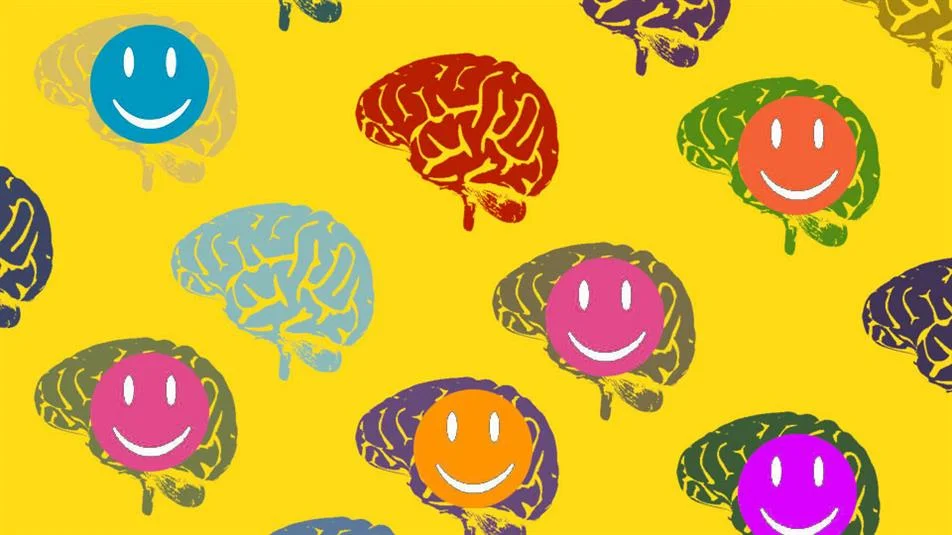Hello!
The advances in neuroscience have had a major impact on personal and organizational performance. From understanding how the brain works to improving communication, neuroscience has enabled us to discover new ways to improve performance.
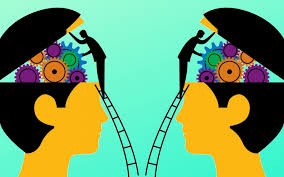 Its impact on personal performance is primarily related to increasing motivation and providing insight into why individuals behave the way they do.
Its impact on personal performance is primarily related to increasing motivation and providing insight into why individuals behave the way they do.
For instance, neuroscience has revealed how our emotions can influence decision-making and even how our thoughts can shape our behavior. Businesses can use this knowledge to create more productive, engaged, and motivated workforces.
According to research, neuroscientific methods such as neurofeedback can be used to boost cognitive abilities and learning skills, thus enhancing overall performance. Neuroleadership is another area where neuroscience has been applied, enabling more effective leadership and management. By understanding the driving forces behind the behavior, leaders can create a better team environment, motivate their employees, and even develop more effective strategies for achieving goals.
Here’s how:
1. Adopting Neuroscience-Based Practices
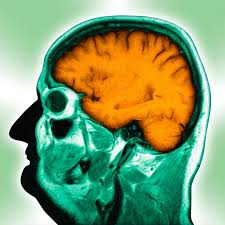 The first step is to adopt neuroscience-based practices, such as positive reinforcement and reward systems. For example, using a reward system that relies on intrinsic motivation can incentivize employees to work harder and more efficiently.
The first step is to adopt neuroscience-based practices, such as positive reinforcement and reward systems. For example, using a reward system that relies on intrinsic motivation can incentivize employees to work harder and more efficiently.
The neuroscience for business applications course can equip managers with better tools for monitoring performance and understanding their employee’s motivations. This can lead to increased productivity levels, collaboration among team members, and improved customer service. Not only can this help employees achieve their goals, but it can also help businesses reach their own.
2. Enhancing Team Dynamics and Workplace Communication
 The next step is to look at how you can use neuroscience to enhance team dynamics and workplace communication.
The next step is to look at how you can use neuroscience to enhance team dynamics and workplace communication.
This includes researching the impact of non-verbal communication, such as body language, on team performance. It also involves recognizing and assessing communication styles to create a more positive work environment.
Mostly, businesses must focus on creating an environment where employees feel safe and valued. Neuroscience can help employers understand the importance of providing recognition, reward, feedback, and support for their employees.
3. Understanding The Effects of Stress, Fatigue, and Other Environmental Factors on Performance
Not only do businesses need to recognize the effects of stress, fatigue, and other environmental factors on performance, but they must also be able to adapt quickly when these conditions occur. Neuroscientific research has provided insight into how the environment can affect employees’ performance and well-being, giving managers an effective way to mitigate these issues.
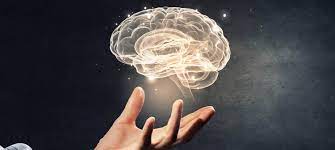 By integrating neuroscience-based approaches into their organizational models, businesses can maximize their performance and cultivate an environment that encourages growth and success.
By integrating neuroscience-based approaches into their organizational models, businesses can maximize their performance and cultivate an environment that encourages growth and success.
This can ultimately result in higher profits, improved customer satisfaction, and increased employee engagement.
4. Implementing Strategies to Increase Motivation
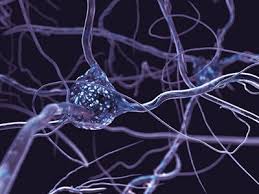 One of the most important tasks is to implement strategies that increase motivation. Neuroscience has shown how different factors influence motivation, and businesses can use this information to create an environment where employees feel valued and are motivated to perform.
One of the most important tasks is to implement strategies that increase motivation. Neuroscience has shown how different factors influence motivation, and businesses can use this information to create an environment where employees feel valued and are motivated to perform.
However, it is important to remember that motivation needs to be managed properly. Neuroscience-based strategies can help employers create an environment where employees are encouraged to engage in meaningful tasks and be rewarded for their efforts.
5. Using Data-Driven Decision-Making to Improve Outcomes
Another part of the puzzle is to use data-driven decision-making processes to improve outcomes. Neuroscience can provide businesses with valuable insight into how their actions will influence employee performance and customer satisfaction.
By combining data analysis with neuroscience-based approaches, businesses can identify areas of improvement and develop strategies that will lead to better results. In addition, data-driven decision-making can help businesses understand the impact of their decisions on employee morale and productivity. And, ultimately, this can lead to improved organizational performance.
Also, businesses should consider how they can use their data to enhance their existing strategies and better understand their customers. This can help them create more tailored solutions and increase the effectiveness of their marketing efforts.
6. Utilizing Technology to Enhance Customer Experience
 Every business should look for ways to use technology to enhance its customer experience. And that’s where neuroscience comes in. Neuroscientific research can help businesses understand how their customers respond to certain visual and auditory cues, allowing them to create more effective customer experiences.
Every business should look for ways to use technology to enhance its customer experience. And that’s where neuroscience comes in. Neuroscientific research can help businesses understand how their customers respond to certain visual and auditory cues, allowing them to create more effective customer experiences.
Businesses can also use neuroscience to track customer behavior and create predictive models to help them understand how their customers make decisions. By doing this, businesses can create more personalized experiences that will increase customer engagement and loyalty.
Most importantly, businesses should recognize the importance of investing in neuroscience research. By incorporating this powerful field into their decision-making processes, they can create a competitive advantage and foster a culture of success.
7. Developing A Better Understanding of Employee Engagement
Finally, businesses must strive to develop a better understanding of employee engagement. Neuroscience can provide valuable insight into how employees respond to different situations and why they may become disengaged.
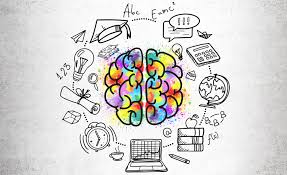 Businesses can use neuroscience-based strategies to create an environment where employees feel valued and motivated to work.
Businesses can use neuroscience-based strategies to create an environment where employees feel valued and motivated to work.
This can lead to increased productivity and a more positive team environment, resulting in improved customer satisfaction and higher profitability. For instance, businesses can use neuroscience-based approaches to measure employee engagement, reward workers for their efforts, and provide feedback that encourages growth.
Last but not least, businesses should use neuroscience to create systems that promote employee retention and satisfaction.
Also read:
- Startup Claims It's Achieved Communication Between Two People Who Were Both Dreaming
- Scientists May Have Finally Discovered Why People Get Sick in the Winter
- Bizarre New AI App Simulates If You Were Famous With Millions of Fawning Fans
Final Words
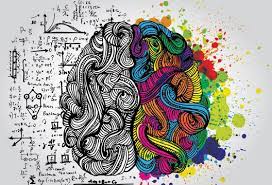 In short, neuroscience provides an invaluable tool for businesses to optimize their performance, create more positive work environments, and develop strategies to increase customer satisfaction.
In short, neuroscience provides an invaluable tool for businesses to optimize their performance, create more positive work environments, and develop strategies to increase customer satisfaction.
By understanding the science of how humans think, businesses can create a competitive advantage and maximize their profits.
All of this comes down to identifying what works and what doesn’t work and fine-tuning your strategies to get the best possible results. Neuroscience offers a unique way to do that and can be used by businesses of all sizes to improve their performance and create a more successful future.
By leveraging neuroscience research, businesses can develop the strategies they need to succeed in today’s competitive market. By understanding the science behind human behavior, businesses can create an environment where employees thrive, customers are satisfied, and profits increase.
Thank you!
Join us on social media!
See you!

